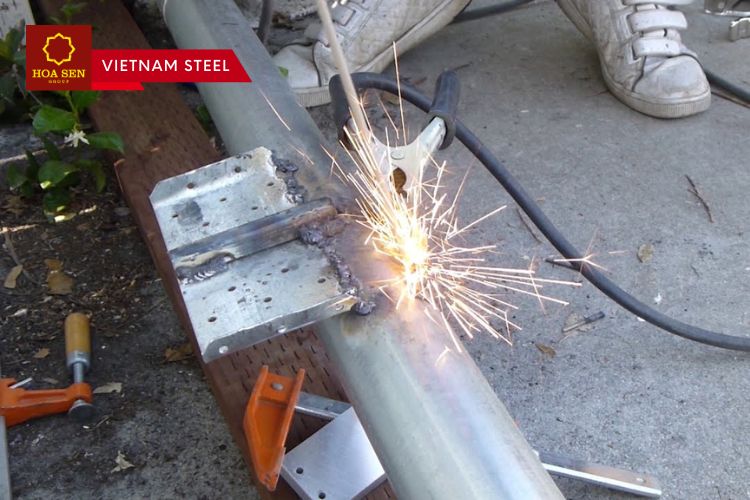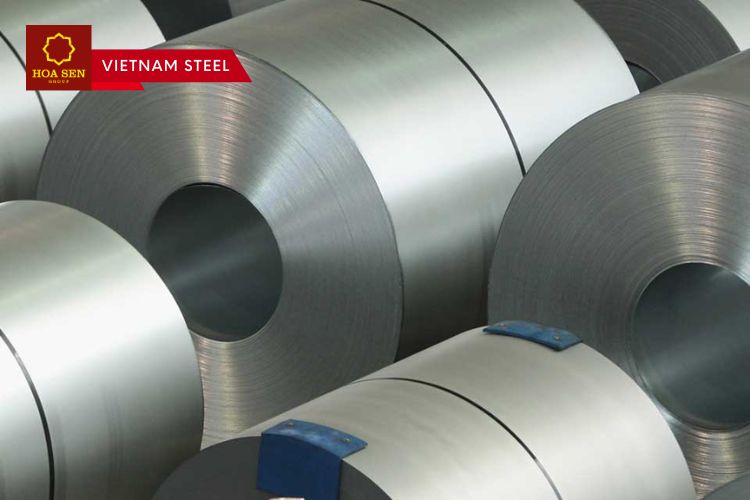Within the realm of metal fabrication, welding galvanized steel stands as a crucial and invaluable technique. This method finds particular relevance in the creation of galvanized steel gratings or galvanized steel wire cloth.
Unfortunately, over time, it has acquired a negative reputation due to potential health hazards for welders and concerns regarding the integrity of the material itself. However, armed with proper knowledge and skills, welding personnel can ensure their well-being remains unaffected. Furthermore, a comprehensive understanding of this process will yield satisfactory welded outcomes.
To enhance your understanding, we present a blog post that delves into essential aspects of safely welding galvanized steel.
1. Defining galvanized steel
Galvanized steel, at its core, comprises regular steel sheets coated with a layer of zinc, providing robust protection against rust. Unlike regular steel sheets composed primarily of iron, which are prone to corrosion when exposed to moisture, galvanized steel stands as a resilient alternative.
In today's market, galvanized steel ranks among the most prevalent types of steel, thanks to its exceptional durability. It possesses the same elasticity as traditional steel, while also benefiting from the corrosion-resistant properties of the zinc-iron coating.
The widespread utilization of galvanized steel extends to various industries, including modern steel frame construction, where its strength and longevity are highly valued. Additionally, sectors such as wind and solar energy, automotive manufacturing, construction, and telecommunications also heavily rely on galvanized steel for their respective applications.
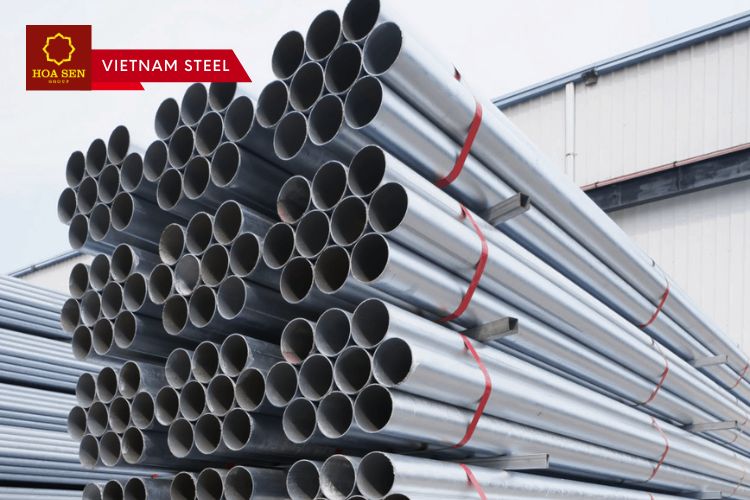
2. Challenges Associated with Welding Galvanized Steel
Corrosion issues:
- Corrosion resistance poses a significant concern during the welding process of galvanized steel. The purpose of galvanization is to safeguard the steel against rust. However, when welding, it becomes necessary to remove the galvanized zinc from the welding area, exposing it to potential corrosion.
- To address this issue, a viable solution involves re-galvanizing the steel once welding is finished. While this approach may be time-consuming, it proves to be a practical method for preserving the corrosion-resistant nature of the material.
Coating issues:
- While health concerns remain a significant consideration when welding galvanized steel, there are additional obstacles to address. One such challenge revolves around the presence of a zinc coating on galvanized steels, which can impede the welding process. The coating creates difficulties in achieving proper penetration and can result in welds with inclusions and porosity.
- Achieving successful welds on galvanized steel demands the expertise of a skilled welder. Additionally, addressing the coating issue requires the removal of the zinc coating in the welding area. Alternatively, a filler material can be utilized on the zinc-coated section to overcome these coating-related challenges.
3. Essential Care and Maintenance Practices for Preserving Galvanized Steel
To prevent or minimize issues related to galvanized steel, implementing proper care and maintenance practices is crucial. Here are some essential guidelines to follow:
- Avoid exposing galvanized steel products to environments with a pH between 6 and 12, as the galvanized coating is more susceptible to corrosion under these conditions.
- Prevent direct contact between galvanized steel and dissimilar metals, particularly brass and copper, especially in corrosive environments.
- Refrain from abrasive cleaning or washing of galvanized steel products. A thin barrier film called a patina, consisting of insoluble zinc corrosion material, forms on the surface of galvanized steel. This film acts as a protective layer against corrosion. Harsh cleaning methods can strip away this film, leading to increased zinc consumption and a reduced product lifespan.
- Regularly rinse galvanized steel products located in highly corrosive areas, such as coastal and heavy industrial regions, with potable water. Additionally, protect them from prolonged exposure to rain and sunlight.
- Store galvanized products in dry and well-ventilated areas, avoiding damp and poorly ventilated spaces for extended periods.
- By adhering to these care and maintenance practices, you can ensure the longevity and durability of galvanized steel products.
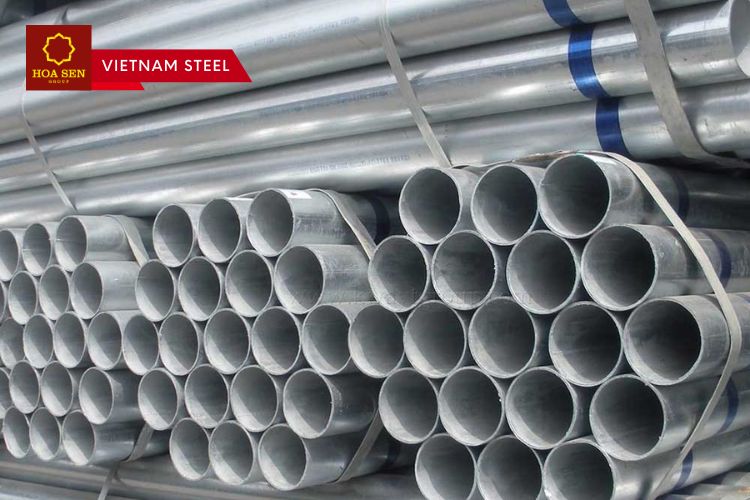
4. Addressing Health Concerns Associated with Welding Galvanized Steel
In addition to material concerns, operators face potential health risks when working with galvanized steel. Explore the following information to gain insights into these hazards:
Metal Fume Fever:
- Welding galvanized steel causes the zinc coating to vaporize, resulting in the formation of zinc oxide fumes that mix with the air. Inhalation of these fumes can lead to a condition known as "metal fume fever," characterized by flu-like symptoms.
- Welders may experience nausea, headaches, high fever, shivers, and thirst. Fortunately, these symptoms typically subside within 48 hours of exposure.
Long-term Health Effects:
- Galvanized coatings contain a small amount of lead, which vaporizes during welding, forming lead oxide fumes. Prolonged exposure to these gases can contribute to serious health issues, including lung and brain cancer, as well as complications in the nervous system.
- To prevent such risks, it is crucial for welders to wear appropriate safety gear and adhere to proper safety protocols.
Safety Gear and Training:
- Addressing the aforementioned safety concerns primarily hinges on adequate welder safety training. It is essential for welders to receive comprehensive training to ensure they maintain a safe distance from fumes and position themselves to maximize clean airflow. This positioning also helps prevent the accumulation of oxidized dust inside the welder's shield.
- To safeguard welders' well-being, providing them with high-quality masks and thorough training in welding safety measures is imperative.
- By prioritizing safety measures, welders can mitigate health risks associated with welding galvanized steel.
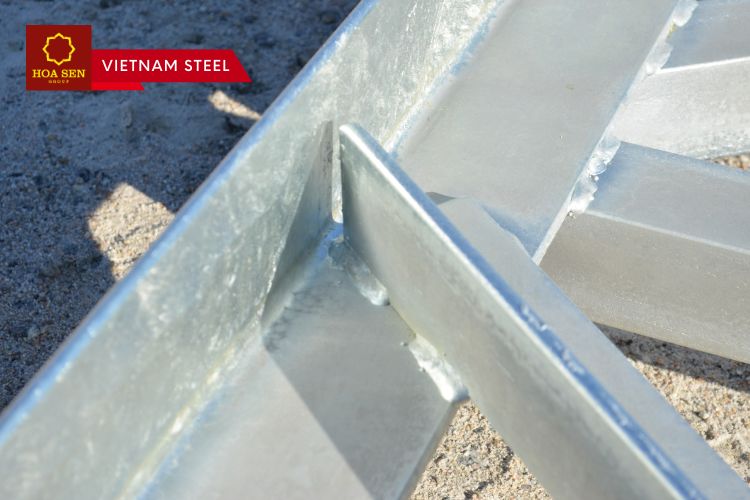
5. Enhancing Welding Safety: Strategies for a Safer Welding Environment
Ensuring the safety of operators during welding is of utmost importance. To achieve this, it is essential to adhere to the following safety practices:
Wear appropriate clothing:
- When welding, exposed skin is vulnerable to harmful UV and infrared rays. Sparks can also easily catch on open pockets or loose clothing.
- Therefore, it is crucial to wear clothing that covers the skin completely and securely fastens. Avoid carrying matches or butane lighters in pockets to prevent accidents.
Utilize proper protective gear:
- Every welding personnel should be equipped with suitable personal protective equipment (PPE). This includes welding gloves, helmets, leather jackets, and boots. When working with galvanized steel, a respirator is highly recommended for respiratory protection.
- Opt for high-top leather shoes or boots for optimal foot protection, ensuring that pants cover the shoes. Avoid using cloth shoes, as they are more prone to smoldering.
Ensure clean breathing air:
- Smoke and fumes generated during welding pose health hazards. Toxic fumes can accumulate quickly, and shielding gases may displace breathable air.
- Therefore, working in a well-ventilated area is crucial. In confined spaces, utilize exhaust hoods to remove fumes and maintain clean air for breathing.
Protect the eyes of welders:
- Exposure to welding arc's rays without eye protection can lead to arc flash, a painful condition that can last for hours. Always wear proper welding helmets with a filter shade to safeguard the eyes during welding operations.
- Additionally, opt for approved safety glasses with side shields for added eye protection, and ensure adequate ear protection.
Read More: What is Galvanized Steel Sheet? Applications of Galvanized Steel Sheet
By following these safety practices, welding operators can significantly enhance their personal safety and mitigate potential risks associated with welding activities.
Welding galvanized steel poses risks for individuals lacking prior knowledge in the metal fabrication process. Therefore, it is crucial to acquire a comprehensive understanding of the safety precautions associated with welding such materials.
Adopting the correct approach to welding galvanized steel is paramount in effectively addressing potential challenges. If you require assistance with your metal fabrication requirements, it is advisable to seek the expertise of a skilled and experienced sheet metal fabricator in your local area. Their proficiency will ensure that the welding process is conducted with precision and adherence to safety protocols.
Read More: What is Galvanized Steel? The Galvanized Steel Manufacturing Process
Vietnam Steel by Hoa Sen Group
